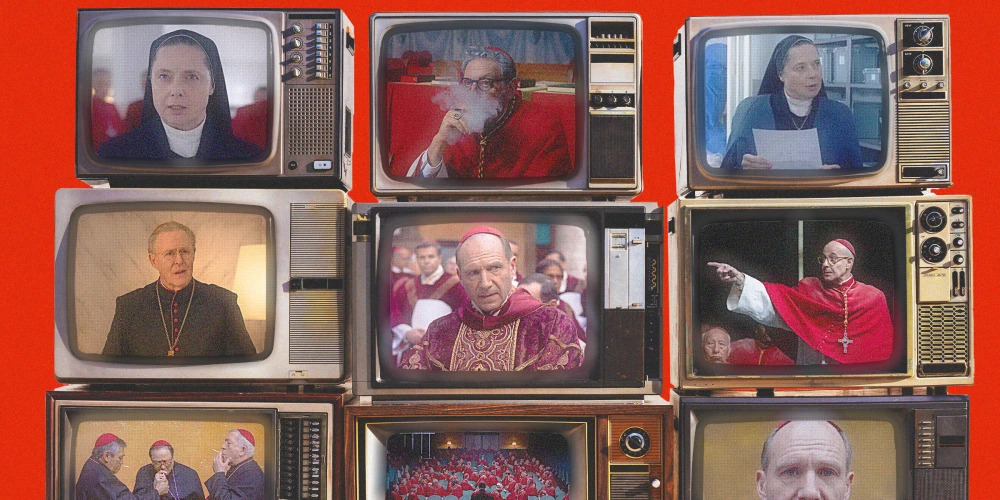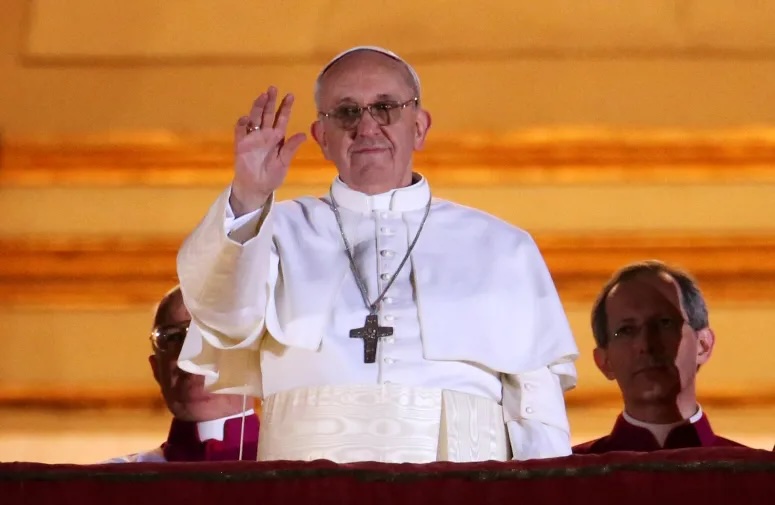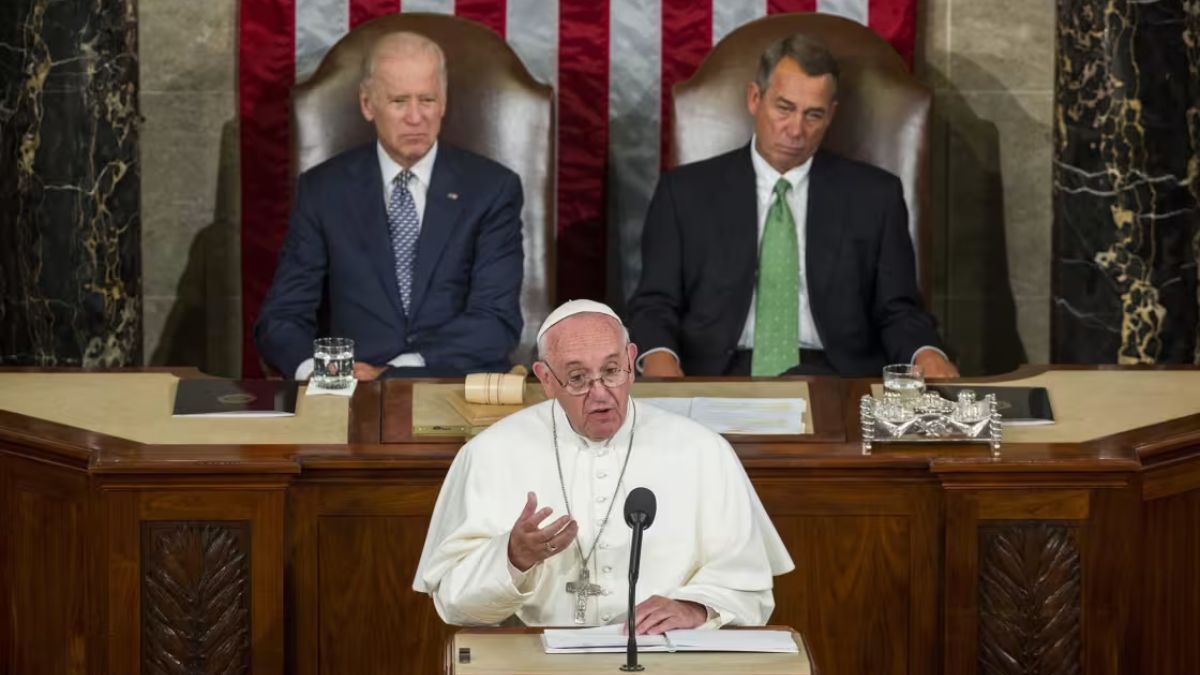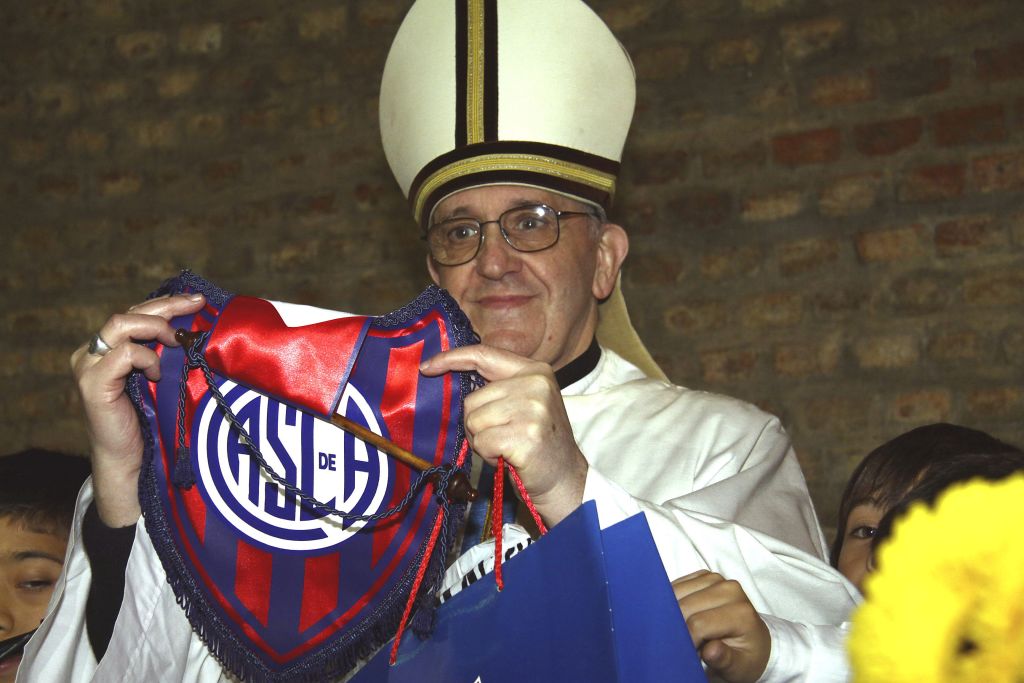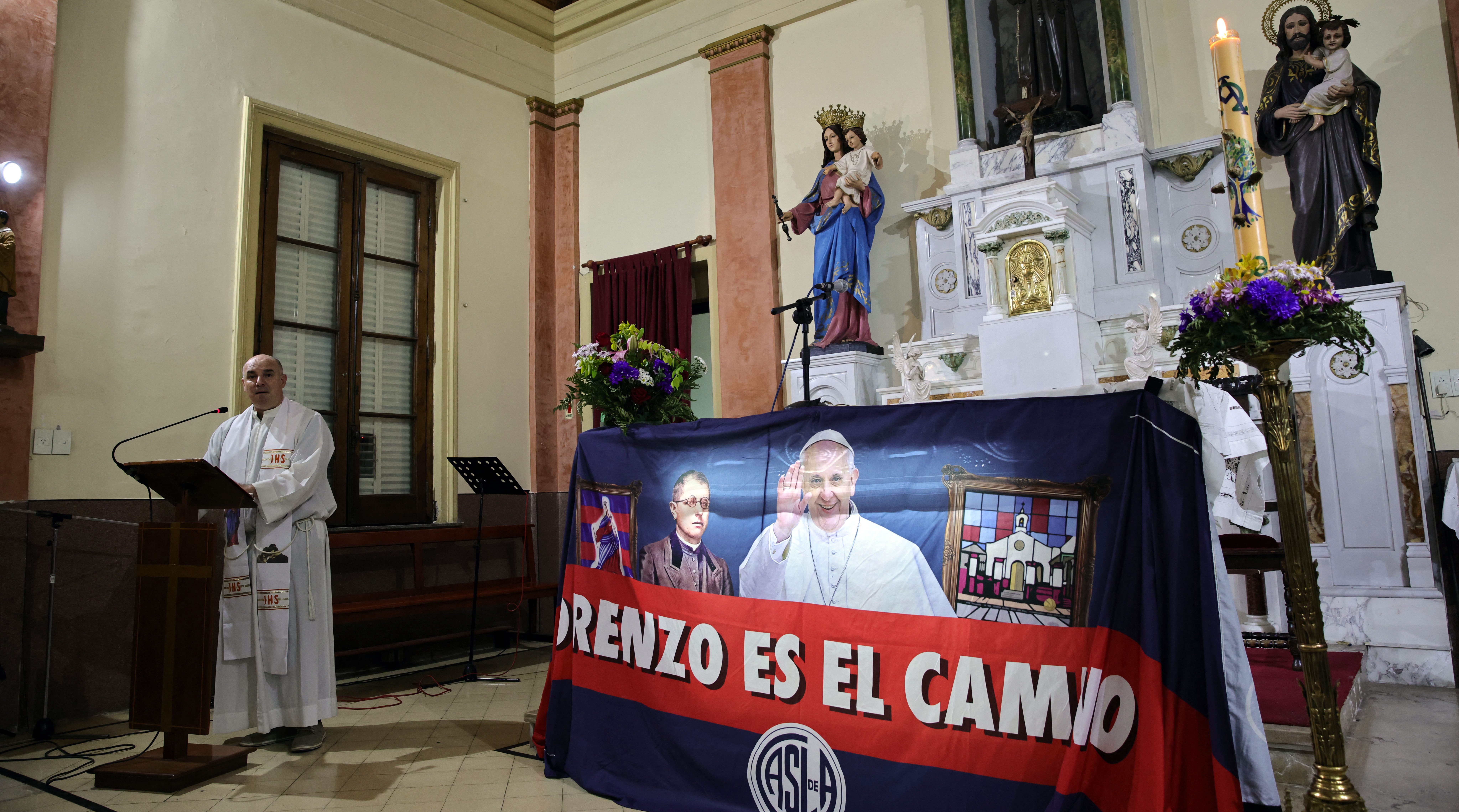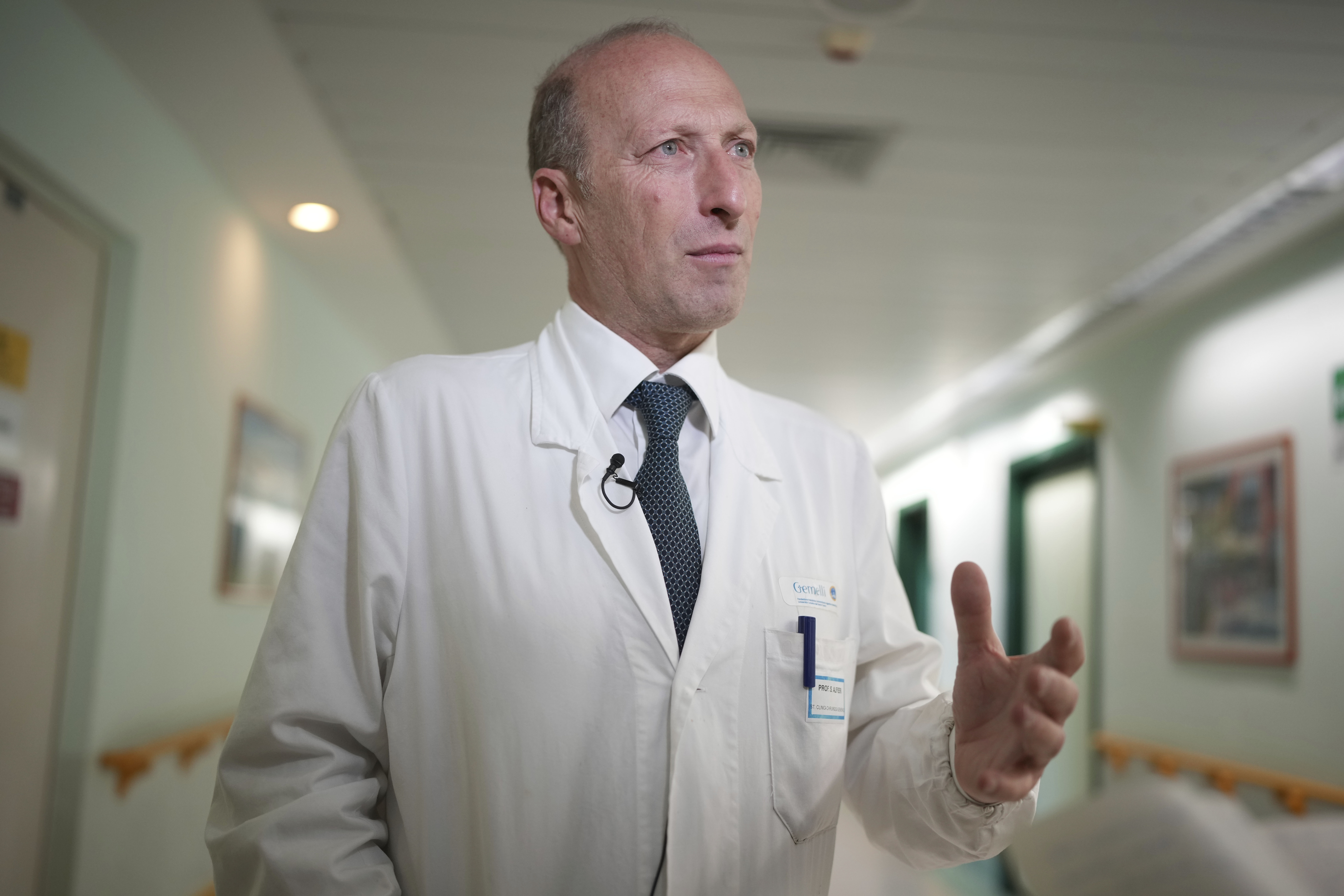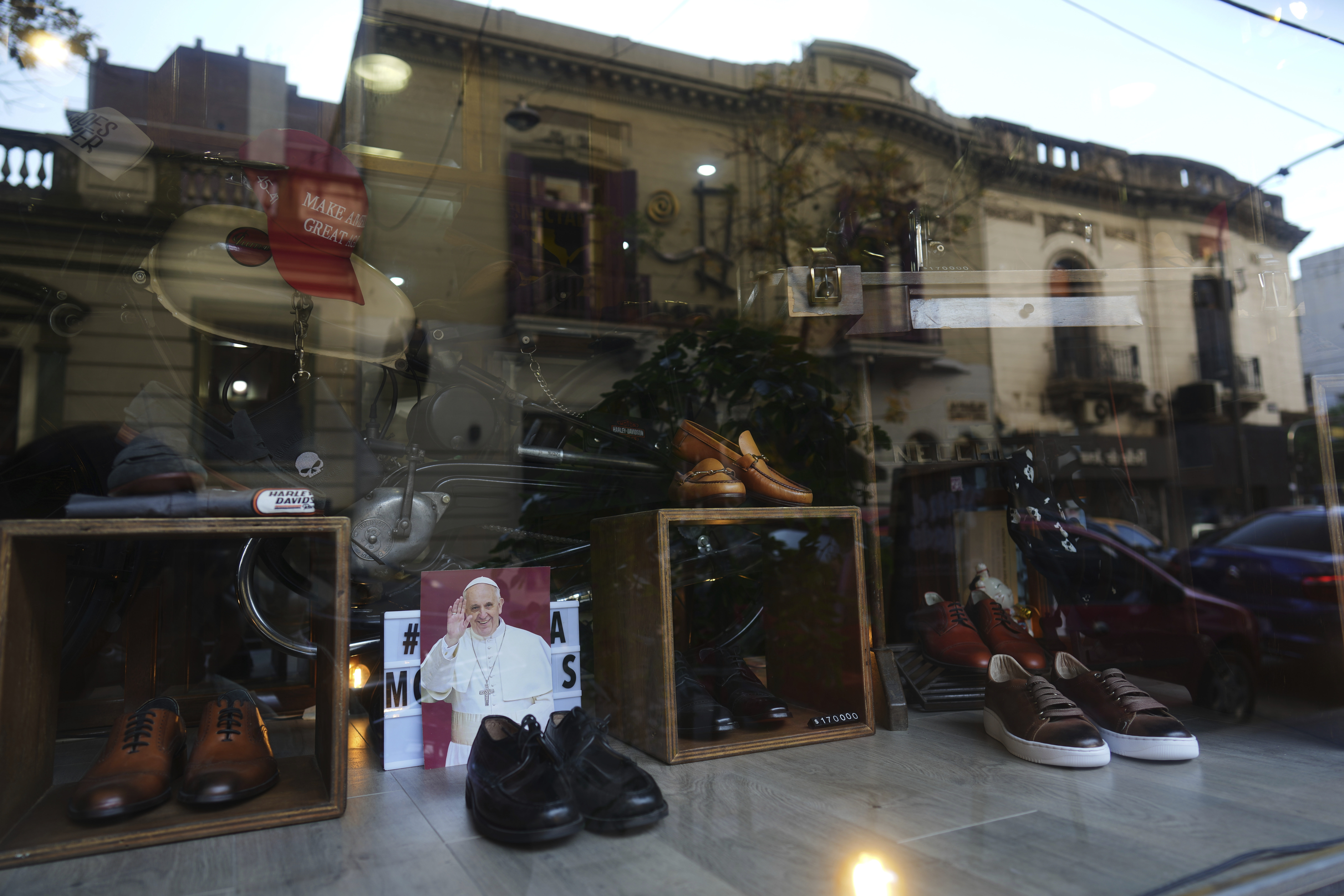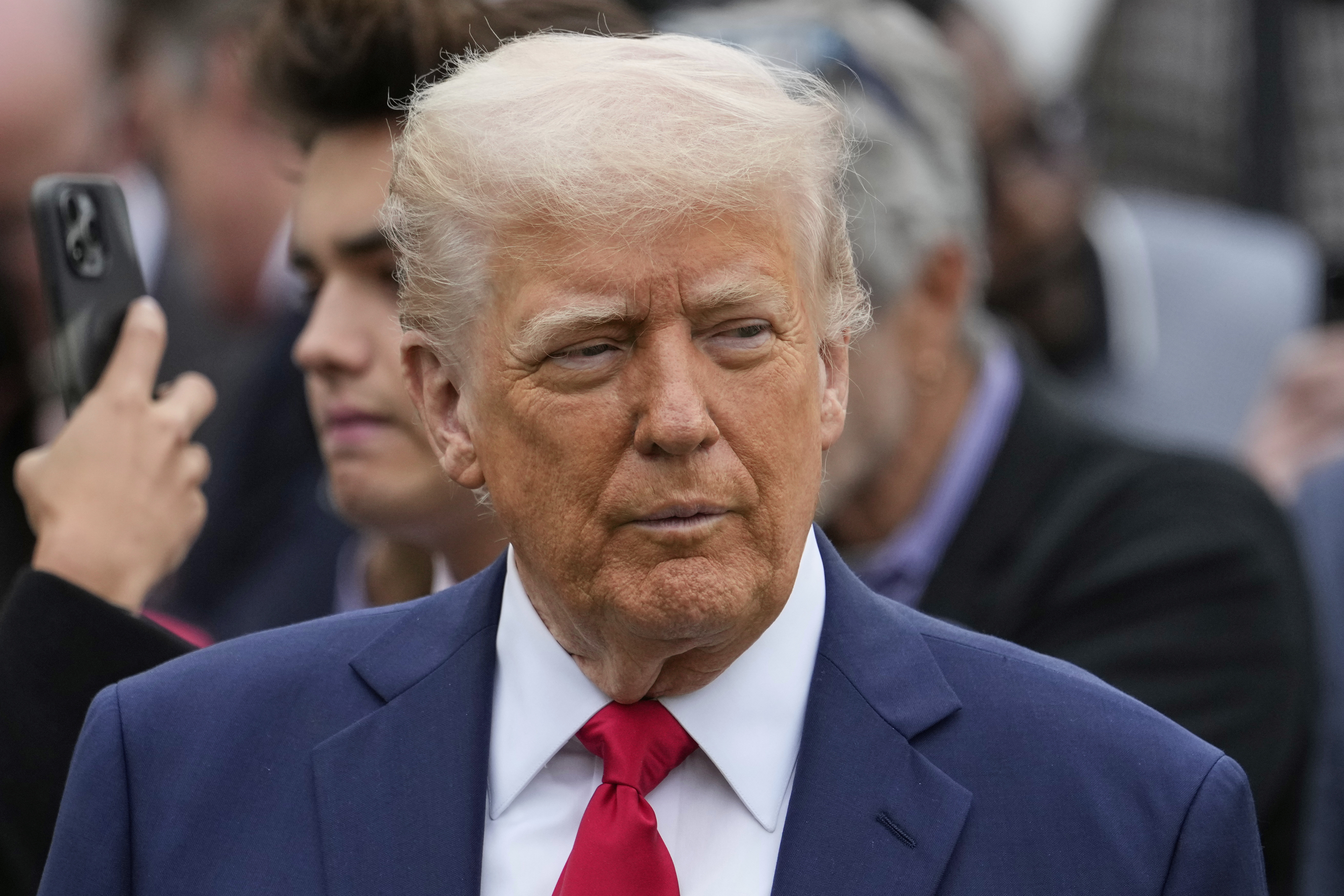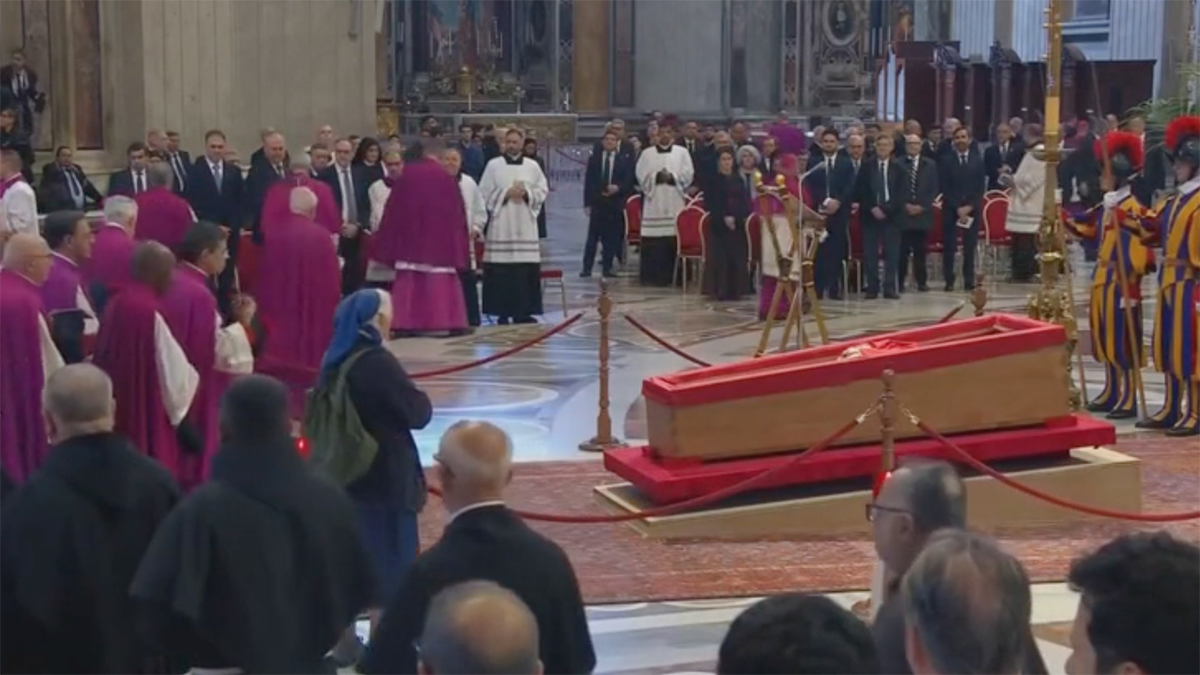Pope Francis: Public Viewing at St. Peter's, Funeral Details
Solemn Farewell: Pope Francis Laid to Rest in St. Peter's Basilica for Public Viewing
A World Mourns: Pope Francis' Final Journey
The world holds its breath. The news reverberated across continents: Pope Francis has passed. A wave of mourning, mixed with gratitude for his service, has swept over the globe. But this isn't goodbye yet. Before his final rest, Pope Francis' body has been transferred to St. Peter's Basilica, offering the faithful a chance to pay their respects and bid a final farewell.
The Solemn Procession: A Sacred Rite
Imagine the scene: a hushed silence broken only by the solemn chanting of Latin hymns. A procession of esteemed figures – patriarchs, cardinals, archbishops, bishops, and other priests – slowly, reverently carry Pope Francis to his resting place within the grand basilica. They chant the names of saints, a litany of faith and hope, a powerful echo of centuries of tradition. It’s a spectacle of reverence, a moment frozen in time, rich in symbolism and steeped in history. What more fitting tribute could there be?
Laying in State: Three Days of Remembrance
For three days, St. Peter's Basilica will become a pilgrimage site. Tens of thousands are expected to flock to Vatican City to file past Pope Francis, paying their respects to the man who led the world's 1.4 billion Catholics. This is a moment of collective mourning, a chance for individuals to connect with their faith and express their gratitude for the Pope's leadership. Think of it as a global family saying goodbye to its patriarch.
The Funeral Mass: A Celebration of Life and Faith
The culmination of this period of mourning will be the funeral mass, held on Saturday at 10 a.m. local time (4 a.m. ET). Cardinal Giovanni Battista Re will preside over the funeral liturgy. While a moment of sadness, the funeral will also serve as a celebration of Pope Francis' life, his teachings, and his impact on the world. It’s not just an ending; it's a commencement of his lasting legacy.
St. Peter's Basilica: A Sacred Sanctuary
Why St. Peter's Basilica? The answer lies in its historical and spiritual significance. It’s not just any church; it's considered one of the holiest sites in Christendom, built upon the traditional burial site of St. Peter, one of Jesus's apostles and the first Pope. It's a place of pilgrimage, a beacon of faith, and the natural choice for honoring the Pontiff.
The Significance of the Latin Chants
The use of Latin in the procession might seem archaic to some, but it's a deliberate choice, rooted in tradition and symbolism. Latin is the official language of the Vatican and the Catholic Church, connecting the present to the past, echoing the voices of countless generations of faithful. It adds a layer of solemnity and universality to the ceremony.
Cardinal Giovanni Battista Re: Presiding Over the Farewell
Cardinal Giovanni Battista Re's role in presiding over the funeral liturgy is significant. As the Dean of the College of Cardinals, he’s a senior figure in the Church hierarchy. His presence underscores the continuity of leadership within the Catholic Church, even in times of transition. It shows the seamless transfer of responsibilities.
The Global Impact of Pope Francis' Passing
The death of a Pope is always a momentous occasion, but Pope Francis' passing carries particular weight. He was known for his progressive views, his emphasis on social justice, and his efforts to bridge divides. His loss will be felt not only by Catholics but by people of all faiths and backgrounds. He had a way of connecting with people on a human level, transcending religious boundaries. Who will step into those shoes now?
A Legacy of Compassion and Reform
What will Pope Francis be remembered for? Probably for his unwavering commitment to the poor, his outspoken advocacy for environmental protection, and his attempts to modernize the Catholic Church. He challenged the status quo, pushed for reform, and encouraged dialogue. His legacy will continue to inspire for generations to come. He truly was a shepherd for his flock.
The Faithful's Pilgrimage: Paying Their Respects
The opportunity to view Pope Francis lying in state is a profound experience for the faithful. It’s a chance to offer prayers, express gratitude, and say a personal farewell. Many will travel long distances, enduring hardship, just to be present in that sacred space. It exemplifies the deep connection between the Pope and his followers.
Security Measures: Ensuring a Safe Farewell
With such a large influx of visitors expected, security measures will be tight. The Vatican and Italian authorities will be working together to ensure the safety of pilgrims and prevent any disruptions. Expect increased police presence, bag checks, and other security protocols. Safety is paramount when dealing with such a significant event.
The Conclave: Electing a New Pope
What comes next? Following the funeral, the College of Cardinals will convene in a conclave to elect a new Pope. This is a secretive process, shrouded in tradition, where cardinals from around the world gather to choose the next leader of the Catholic Church. The world will be watching closely, anticipating the selection of a new Pontiff.
The End of an Era, The Beginning of Another
Pope Francis' death marks the end of an era, but it also signals the beginning of a new chapter for the Catholic Church. The election of a new Pope will set the direction for the Church in the years to come. Will the new leader continue Pope Francis' progressive agenda, or will they chart a different course? Only time will tell.
Reflecting on Pope Francis' Papacy
Let's take a moment to reflect on Pope Francis' time as Pope. He faced numerous challenges, from the ongoing clergy abuse crisis to the rise of secularism. Yet, he always maintained his faith in humanity and his commitment to spreading the Gospel. His papacy was marked by humility, compassion, and a genuine love for people. It’s a legacy to be celebrated.
The World's Reaction: A Time of Reflection
The global reaction to Pope Francis' death has been a mix of sadness, mourning, and reflection. World leaders have offered their condolences, praising his leadership and his contributions to peace and understanding. People from all walks of life have shared their memories of Pope Francis, highlighting his impact on their lives. It’s a testament to his widespread appeal.
Conclusion: A Lasting Legacy of Faith and Compassion
As Pope Francis lies in state in St. Peter's Basilica, the world pauses to remember a leader who touched the lives of millions. His commitment to the poor, his advocacy for social justice, and his efforts to modernize the Catholic Church will continue to inspire for generations to come. The solemn procession, the public viewing, and the upcoming funeral are all testaments to the profound impact he had on the world. He may be gone, but his legacy endures.
Frequently Asked Questions
- Where is Pope Francis lying in state?
Pope Francis is lying in state in St. Peter's Basilica in Vatican City. - How long will the public viewing last?
The public viewing will last for three days, allowing people to pay their respects. - When is Pope Francis' funeral?
The funeral will be held on Saturday at 10 a.m. local time (4 a.m. ET). - Who will preside over the funeral mass?
Cardinal Giovanni Battista Re will preside over the funeral liturgy. - What happens after the funeral?
Following the funeral, the College of Cardinals will convene in a conclave to elect a new Pope.

